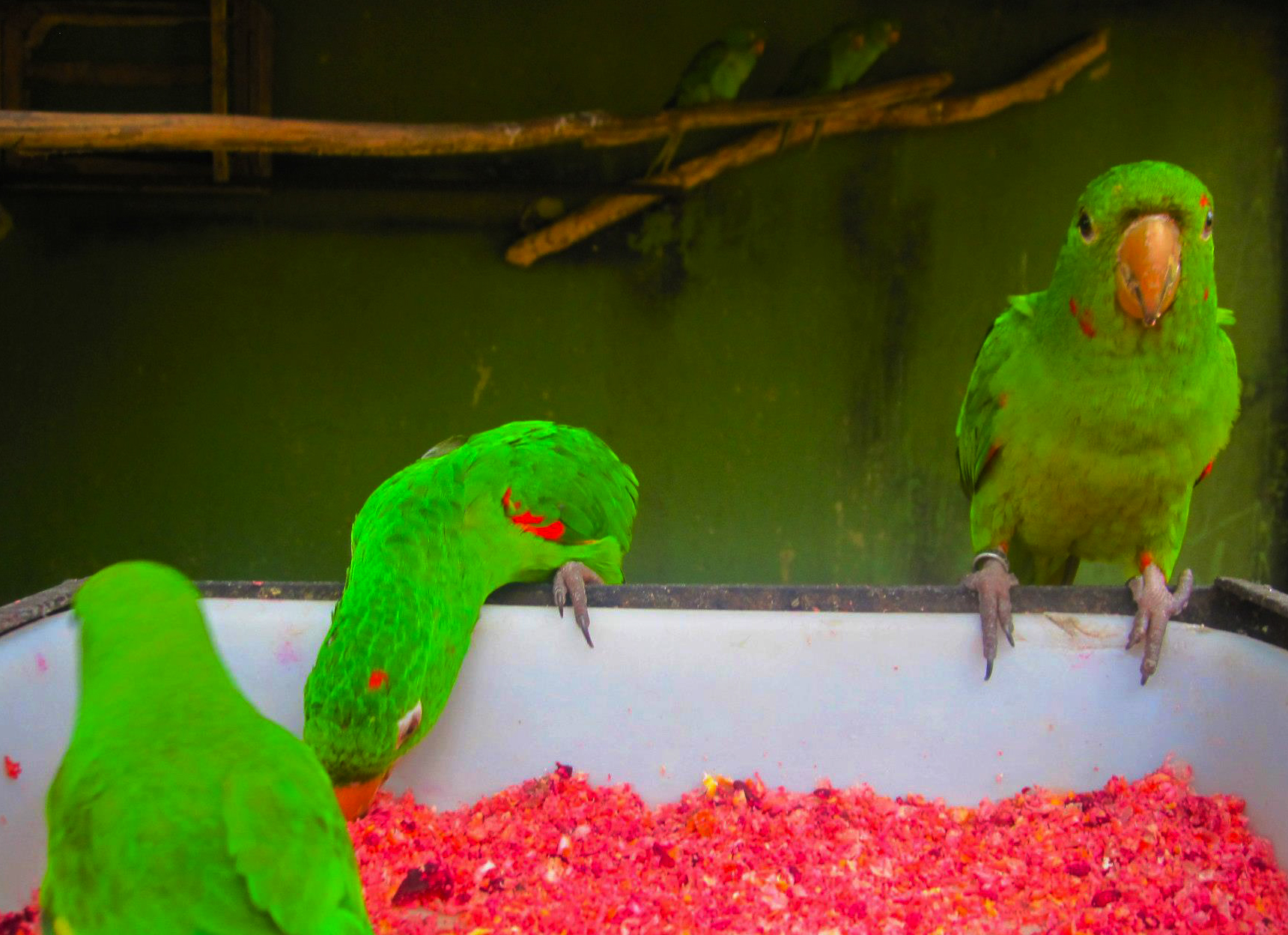
Parrot Pairing Project
A critical activity for most parrot species is socialization. In both captivity and in the wild, socialization provides parrots with environmental enrichment through a variety of calls, songs and unpredictability.
An important difference between wild parrots and captive parrots are their social groups. In the wild, parrots share living space with a large number of their social cohorts. An example of the sheer size of a wild parrot flocks would be the Wild Parrots of Telegraph Hill. Chronicled by Mark Bittner and Judy Irvine, they estimated the size of the Telegraph Hill flock of parrots to be greater than 200!
The captive parrot, in contrast, often has a few human colleagues. This parrot might share its household with dogs, cats, children, even other birds. Oftentimes, however, captive parrots are singly housed (versus socially housed). These parrots commonly have their own dedicated cage, which they may even become protective of.
An inherent risk of moving singly housed parrots to social housing is the threat of injury and illness. Birds can be overly stressed by aggressive encounters and incompatibility. The stress of new social housing can lead to unnatural behaviors, such as feather destructive behavior and screaming. Unfortunately, shelters, rescue facilities, sanctuaries and zoos all too often face the daunting task of incorporating a new parrot into their 'flock' while simultaneously being charged with that parrots health and well-being.
A new topic of research for members of the CZAR lab is the following question: How do we predict success or failure when moving singly housed parrots into social housing? We have partnered with Dr. Liz Stelow, DVM, DACVB, in hopes of finding the answer!
Please check for updates throughout the year. This project officially starts this summer.
